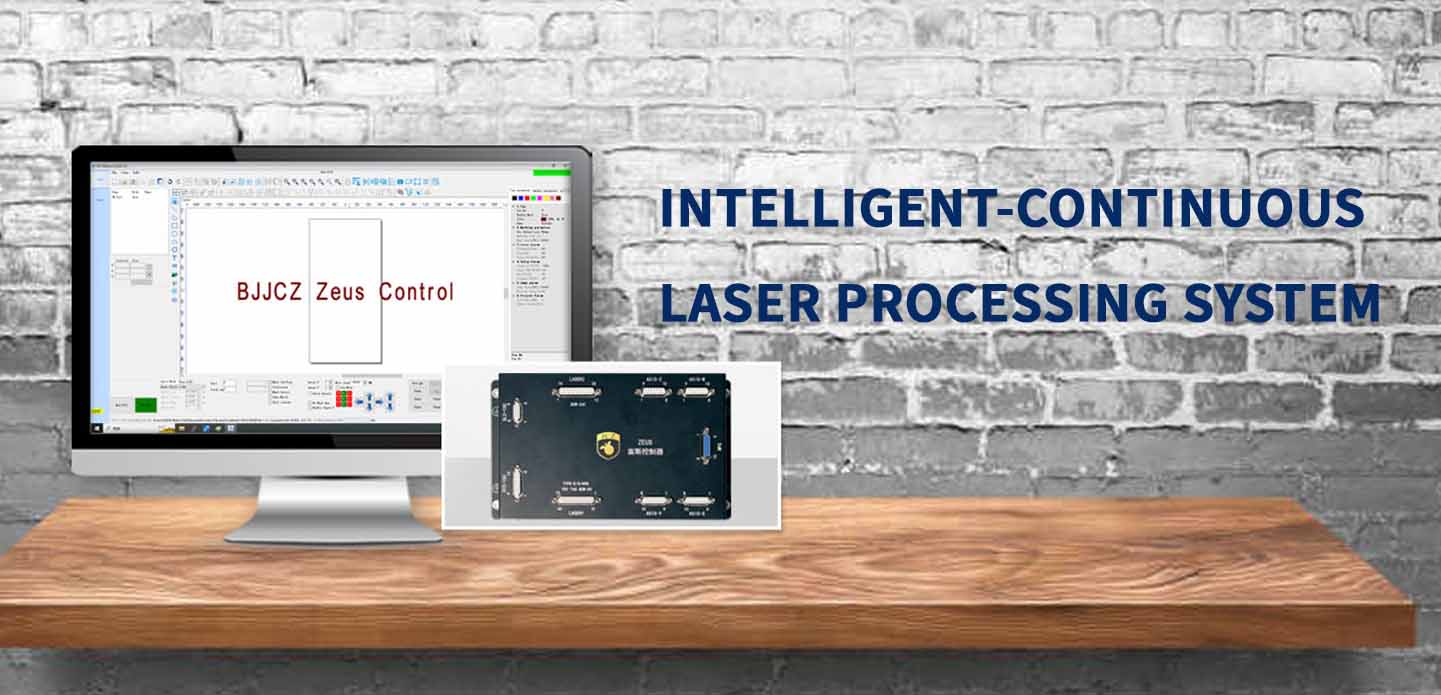In recent years, the advancements in laser technology have transformed various sectors, particularly in industry and medicine. One of the most remarkable innovations is the development of laser fiber, a technology that utilizes optical fibers to deliver laser energy efficiently and effectively. This article delves into the key features, benefits, and broad applications of laser fiber technology across different fields.
Laser fiber is essentially a thin fiber-optic cable designed to transport laser light to specific targets within a device. This technology is significant for its precise control, enabling it to focus laser energy on small areas without causing damage to surrounding tissues or materials. The mechanism behind laser fiber revolves around the principles of light transmission and the unique properties of optical fibers, which allow them to channel high-intensity laser light over long distances while maintaining the beam’s quality and focus.
One of the standout applications of laser fiber is in the medical field, particularly in minimally invasive surgical procedures. Surgeons utilize laser fiber in operations such as laser ablation, where targeted tissue is evaporated or destroyed without the need for traditional scalpels. This technique is particularly advantageous in delicate surgeries, such as ophthalmology, urology, and even dermatology, as it minimizes blood loss, ensures a quicker recovery time, and reduces the risk of infection. The precision of laser fiber allows for the meticulous removal of tumors or lesions, showcasing the technology’s ability to enhance surgical outcomes significantly.
In addition to surgical applications, laser fiber serves a crucial role in dental procedures. Dentists use laser fiber for various treatments, including cavity detection, tooth whitening, and gum reshaping. The use of lasers in these procedures often translates to less discomfort for patients, as the technology can reduce the need for anesthesia and minimize post-operative pain.
Beyond the medical field, the industrial applications of laser fiber are equally diverse. In manufacturing, laser fiber technology is employed for cutting, welding, and engraving materials. The precision of fiber lasers enables manufacturers to execute intricate designs with high accuracy, and the speed of the process improves productivity. Furthermore, laser fiber cutting has become a preferred method for materials like metals, plastics, and textiles, as it produces clean cuts without the need for extensive finishing processes.
A noteworthy advantage of laser fiber in manufacturing is its cost-effectiveness. Fiber lasers consume less energy compared to traditional laser systems, leading to reduced operational costs. Additionally, the longevity of laser fiber machines and their low maintenance requirements enhance overall productivity and limit downtime.
In the realm of telecommunications, laser fiber has substantially impacted data transmission capabilities. Optical fibers are the backbone of modern internet connectivity, transmitting vast amounts of data over long distances with minimal loss in quality. The incorporation of laser technology into fiber optics has significantly increased bandwidth and speed, enabling high-definition streaming, cloud computing, and real-time data transfer.
Moreover, laser fiber technology has opened avenues for innovative research and development in fields such as materials science and telecommunications. Ongoing experiments focus on enhancing the properties of laser fibers, including increasing their sensitivity and extending their range. These advancements promise to push the boundaries of what is currently possible, leading to breakthroughs in various applications.
Despite its numerous advantages, potential challenges exist in the integration of laser fiber technology. Issues such as initial setup costs and the need for skilled operators can hinder widespread adoption, particularly for smaller businesses. However, as the technology becomes more accessible and education around it grows, it is likely that these challenges will diminish over time.
In conclusion, laser fiber technology stands at the forefront of numerous industries, showcasing its versatility and effectiveness. Whether improving surgical precision in medicine or enhancing manufacturing capabilities, the applications of laser fiber are vast and varied. As research continues and technology evolves, the future of laser fiber looks bright, with the potential to revolutionize even more fields in the years to come. With its proven benefits and expanding uses, laser fiber will undoubtedly play an integral role in shaping the landscape of technology and industry in the future.
由用户投稿整理稿件发布,不代表本站观点及立场,仅供交流学习之用,如涉及版权等问题,请随时联系我们(yangmei@bjjcz.com),我们将在第一时间给予处理。






